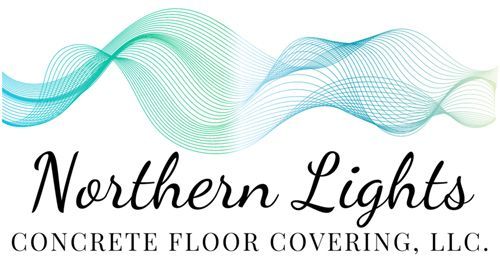cleaning and maintenance guide
Dirt and Grime
All flooring collects dirt and other debris over time. As debris builds on the surface, it serves as an abrasive to the underlying resinous flooring system as vehicular and foot traffic travel over the surface. Proper and consistent maintenance of your flooring system is important to maintain long-term finish.
Cleaning Agents
Use of actual soap is discouraged due to the fact that it will generate a film that can be difficult to remove with rinsing. Residual film from soap may also be come slippery when wet and can actually attract debris, causing the floor to look dirty and grimy. Floor stripping agents, citrus-based cleaners and corrosive chemical degreasers are also not recommended as they can damage a floor if they are applied and let to sit for an extended period of time. A simple mixture of a PH neutral cleaner such as Simple Green® diluted with water is recommended for regularly scheduled maintenance.
Cleaning Procedure:
- Sweep entire floor to remove any loose debris and dirt with a dry mop and/or soft bristled broom. Although Resinwerks floors are impermeable, these substances will act like abrasives. If they are not regularly removed, then they will wear the floor over time.
- When using a commercial floor scrubber, a blue scrubbing pad should be used, nothing more aggressive. Dilute the cleaning product according to manufacturer’s recommendations. **For heavily soiled areas, a double-pass process may be used. In this process, the diluted mixture is laid down at a consistent rate with the pads spinning with the vacuum/squee-gee remaining off during the first pass. This will leave a layer of the dilution on the surface, allowing for appropriate dwell time so that the cleaning agent can properly break up oils and debris. Make a second pass with the squeegees turned on in order to effectively remove the cleaning agents from the floor.
- Rinse floor with clean water and use wet vacuum or squeegee to remove. A second rinsing is also suggested in some cases to ensure that no residue is left behind. Proper attention must be paid to removing the resultant emulsion of the cleaning solution and soil.
- Once dirty water has been removed, the floor must dry prior to returning to service.
- Dispose of contaminated water while paying special attention to by-law regulations prohibiting the introduction of certain chemicals into surface water drains and sewer systems.
- For heavily soiled or stained areas, a small amount of acetone may be used to help clean the surface. Avoid excessive use of strong hydro-carbon solvents. If using a small amount of solvent, allow for 2-3 hours following cleaning for the solvent to dissipate.
- If using high pressure water blast, pressure must not exceed 400 PSI at nozzle. Inspections The coating system is subject to extreme abrasive conditions as well as to physical damage from general use. Periodic inspections will provide a basis for the proper maintenance work to assure a long life expectancy of the coating system.




